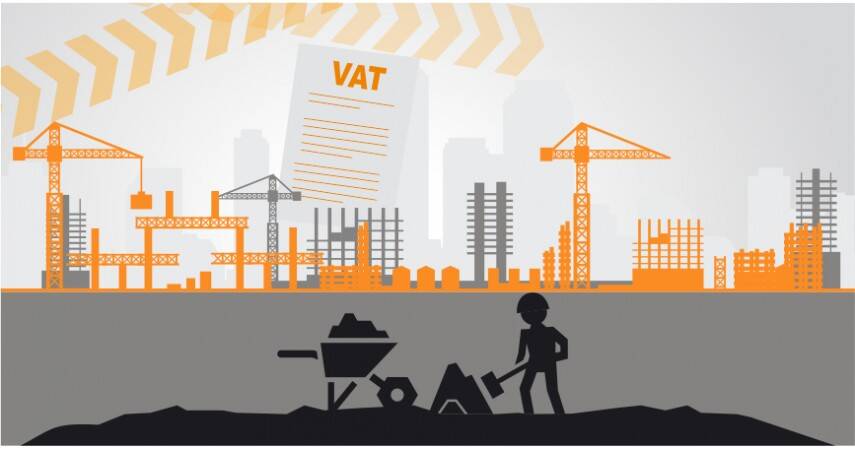The element of transparency was the chief reason that made the authorities introduces the Value-Added tax, also known as VAT in India in the year 2005. It was seen that in the other form of services and goods taxes were easily manipulated, which made a huge dent in the revenue collections of the government. There was, of course, some deal of confusion, regarding the multi-layered taxation rule, leading to the ultimate impact borne by the innocent customers wherein the producers of the goods and services were to pay these taxes but the burden of payment of VAT on any property purchase shifted to the shoulders of the end users.
Let’s have a look at some factors of tax which explains how is VAT calculated in a property purchase-
Why is VAT charged?
In the VAT rule, a tax is being charged with each and every sale of the production of the goods and services, for an addition of the value of any particular product.
Who collects the VAT?
This is state levy and the Centre is only a facilitator in collecting of VAT. The first state to have implemented VAT was Haryana and within the year 007 around 30 more states and the union territories has also implemented it. Uttar Pradesh had also established VAT in the year 2008. The VAT rate varies from each state, there states which have separated the tax in various categories.
When do home buyers have to pay VAT?
People who opt for resale properties are not asked to pay VAT on the transaction. VAT is applied on only the under construction projects and properties. Vat can be said to be a type of service tax, apart from the fact that service tax is a central levy. The developer is no more liable for the payment of the tax after a completion certificate has been granted for the concerned project. This implies he can force the home buyers to pay it also.
Who has to pay VAT: the buyer or the builder?
Well, the builders are to pay the VAT to the States. Also, there can be no charge extended to the home buyers until and unless it is limpidly stated in the sale agreement of the concerned property. Thus, it is important that home buyers must read the agreement of sale very carefully and attentively to know whether there is a clause about payment of VAT or not.
How to calculate VAT?
In most of the states, it charges a specific percentage of the total cost of project *minus* cost of the land.







